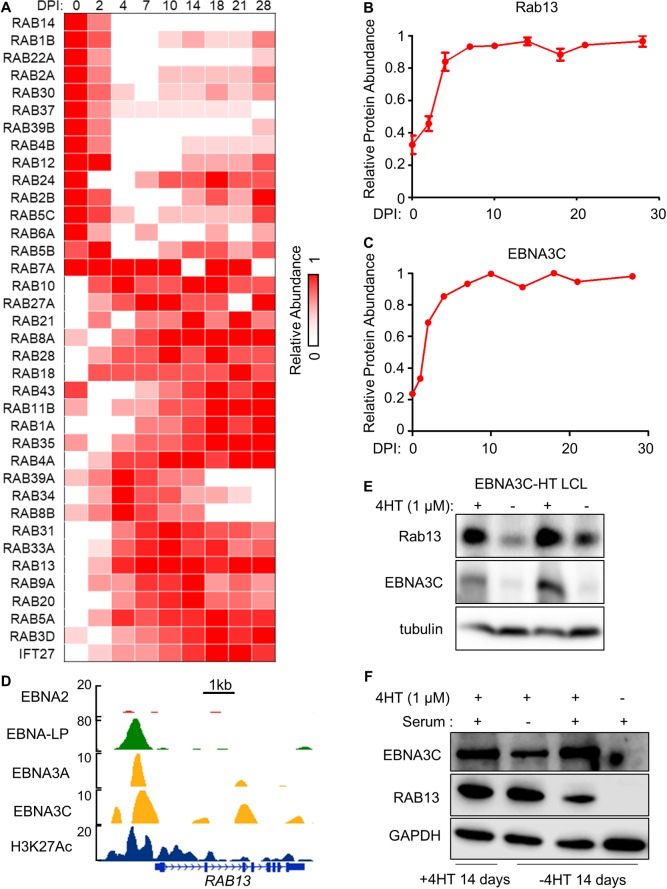Fig 5. EBNA3C is important for EBV-mediated upregulation of Rab13 expression.
(A) Heatmap representation of relative abundance profiles for all Rab family proteins detected in whole cell proteomic analysis of primary human B-cells infected by EBV at the indicated DPI, clustered by K-means analysis. Mean values from biological triplicate measurements for each Rab detected in the proteomic 28-day timecourse dataset were normalized to a maximum of one for each Rab. (B) Temporal traces of Rab13 relative protein abundance at the indicated DPI of primary human B-cell EBV infection. Mean + SEM levels for three biological replicates are shown. (C) Temporal traces of EBNA3C protein relative abundance at the indicated DPI of primary human B-cell EBV infection. (D) LCL ChIP-seq tracks for the indicated EBNAs or H3K27Ac epigenetic mark at the LCL RAB13 locus. (E) Immunoblot analysis of conditional EBNA3C-HT LCLs grown in the presence of 4HT (1 μM) (EBNA3C permissive) or absence of 4HT (EBNA3C non-permissive) for 14 days. Representative blots of n = 5 experiments are shown. (F) Immunoblot analysis of conditional EBNA3C-HT LCLs grown in the presence of 4HT for 14 days (lane 1) or in the absence of 4HT for 14 days (lanes 2–4) and then treated with 4HT (1 μM) for 24 hours, where indicated. EBNA3C induction was done in media lacking 10% fetal bovine serum (serum) where indicated in order to suppress EBNA3C induction of cell cycle. See also S6C Fig.

